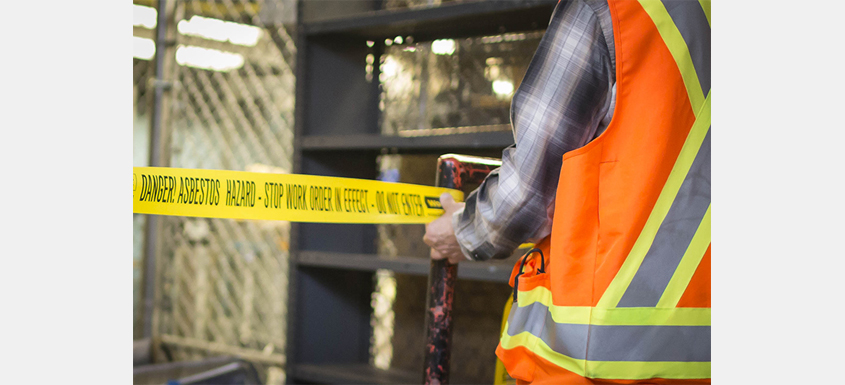Richmond, B.C. — WorkSafeBC has published its high-risk strategies (HRS) and industry initiatives for 2021–2023, targeting industries and employers where the risks of serious injuries and fatalities are the highest.
WorkSafeBC’s high-risk strategies for 2021–23 will focus on the construction, forestry, health care and social services, and manufacturing industries. In addition to these four sectors, WorkSafeBC has 17 specific industry initiatives that focus on key workplace health and safety issues affecting industries across the province:
|
|
“The purpose of our high-risk strategies and industry initiatives is to direct our prevention efforts — including education, consultation and enforcement — to the industries, activities and issues that have the greatest risk of serious injury,” says Al Johnson, Head of Prevention Services at WorkSafeBC.
As part of the strategy, workplace inspections will follow a “risk-based, back-to-basics” approach. WorkSafeBC Prevention Officers will engage with employers, and where possible, worker representatives, to provide foundational information on managing risks that apply to all workplaces, including COVID-19, as well as areas of focus that are specific to their industry.
“As part of our increased inspections in all workplaces over the past year due to COVID-19, WorkSafeBC continues to prioritize inspections of high-risk industries — and to use the most effective enforcement measures, as appropriate, to ensure compliance with health and safety requirements,” Johnson says.
WorkSafeBC’s high-risk strategies and initiatives are reviewed annually and remain flexible to address emerging issues in industry that arise due to incidents, fatalities, or changes in technology.
Due in part to the efforts undertaken through the high-risk strategies and industry initiatives, the provincial injury rate has declined from 2.3 (per 100 workers) in 2009 to 2.2 in 2019. The serious injury rate has declined from 0.36 to 0.28, in the same period.
Key Facts
- In 2021, WorkSafeBC’s High-Risk Strategies and Industry Initiatives will enter a three-year strategy cycle. Each strategy focuses on prevention initiatives — including education, consultation, and enforcement.
- In 2020, WorkSafeBC added four new initiatives to its HRS, focused on: Musculoskeletal Injuries; Psychological Health and Safety; Small Business; and Sustained Compliance.
- In 2020, WorkSafeBC added Social Services together with Health Care as a high-risk sector.
- In 2020, WorkSafeBC conducted a total of 60,596 inspections, and increase of 27 percent compared to 2019 (44,398 total inspections)
About WorkSafeBC
WorkSafeBC engages workers and employers to prevent injury, disease, and disability in B.C. When work-related injuries or diseases occur, WorkSafeBC provides compensation and support to people in their recovery, rehabilitation, and safe return to work. We serve approximately 2.5 million workers and 249,000 employers across B.C.
Source: WorkSafeBC













